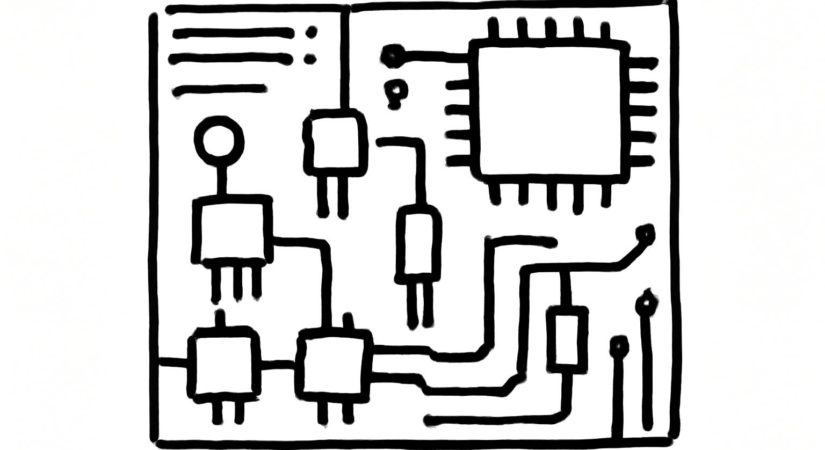Engineer Lorentio Brodesco has created the first custom motherboard for the original PlayStation console, advancing a growing field of homebrew hardware for the classic device.
Brodesco’s nsOne project follows recent innovations like Picostation, a Raspberry Pi Pico-based optical disc emulator (ODE) that lets PlayStation 1 users load games from SD cards instead of discs. Other popular ODEs include MODE and PSIO, favored by retro gaming enthusiasts as original PlayStation optical drives age and fail.
Brodesco initially began by physically sanding down an original PlayStation motherboard to reveal its internal layers. Using this, along with component datasheets and service manuals, he reverse-engineered the console’s circuitry to compensate for existing documentation gaps.
“Detailed documentation on the original motherboard was either incomplete or entirely unavailable,” Brodesco said in his Kickstarter campaign. This led to a thorough effort to map every circuit connection and produce detailed multi-layer graphical schematics.
Employing optical scanning and meticulous net-by-net tracing, Brodesco rebuilt the PlayStation’s schematic in modern PCB design software. This included creating accurate component symbols and footprints for proprietary chips Sony never publicly detailed.
He also identified the console’s “minimum architecture”—the essential parts needed to boot without BIOS modifications—simplifying the design while maintaining full compatibility.
Prototype images show the mock-up board validating chip and connector placements, all redrawn from scratch. A fully routed, multilayered version with final layout is currently under development.
Brodesco aims to provide complete documentation, design files, and production-ready blueprints for manufacturing functioning PlayStation motherboards. Beyond repairs, this effort preserves the console’s hardware design for future generations.
“It’s a tribute to the PS1, to retro hardware, and to the belief that one person really can build the impossible,” Brodesco added.
